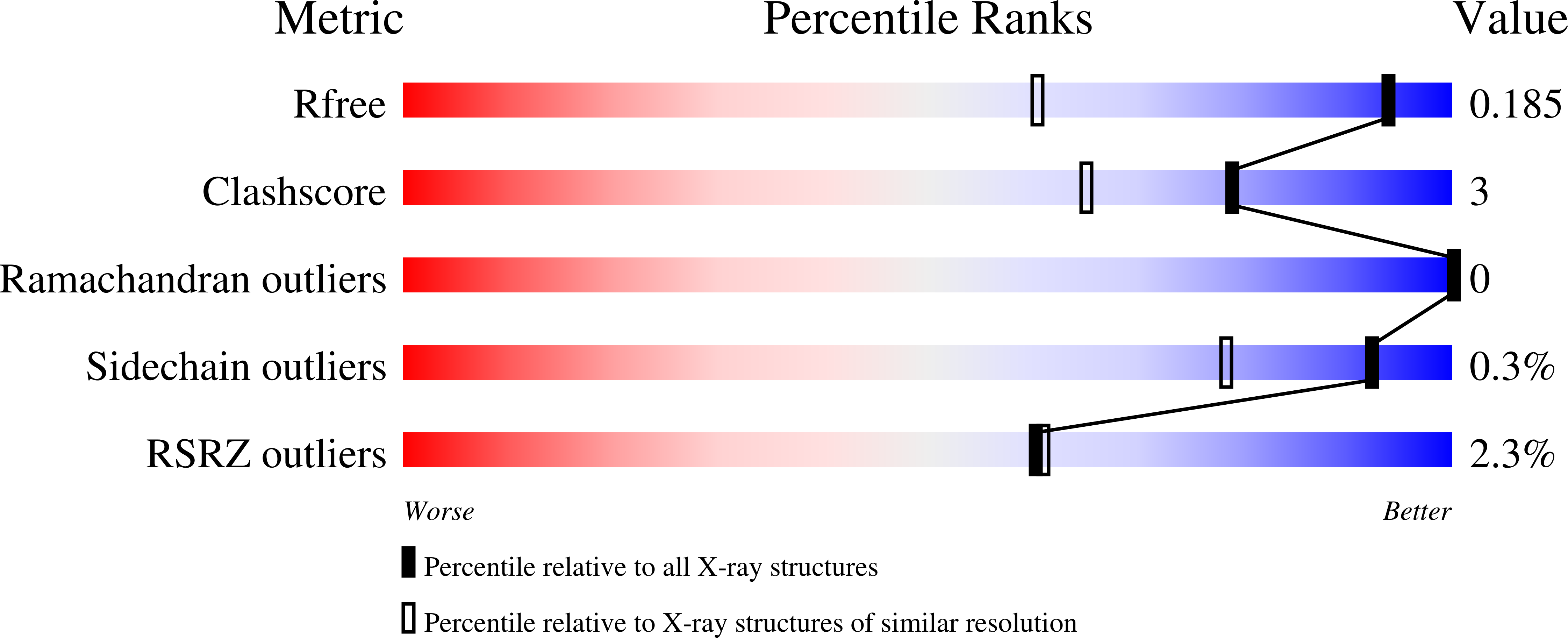The Mechanism of Cellulose Hydrolysis by a Two-Step, Retaining Cellobiohydrolase Elucidated by Structural and Transition Path Sampling Studies.
Knott, B.C., Haddad Momeni, M., Crowley, M.F., Mackenzie, L.F., Gotz, A.W., Sandgren, M., Withers, S.G., Stahlberg, J., Beckham, G.T.(2014) J Am Chem Soc 136: 321
- PubMed: 24341799
- DOI: https://doi.org/10.1021/ja410291u
- Primary Citation of Related Structures:
4C4C, 4C4D - PubMed Abstract:
Glycoside hydrolases (GHs) cleave glycosidic linkages in carbohydrates, typically via inverting or retaining mechanisms, the latter of which proceeds via a two-step mechanism that includes formation of a glycosyl-enzyme intermediate. We present two new structures of the catalytic domain of Hypocrea jecorina GH Family 7 cellobiohydrolase Cel7A, namely a Michaelis complex with a full cellononaose ligand and a glycosyl-enzyme intermediate, that reveal details of the 'static' reaction coordinate. We also employ transition path sampling to determine the 'dynamic' reaction coordinate for the catalytic cycle. The glycosylation reaction coordinate contains components of forming and breaking bonds and a conformational change in the nucleophile. Deglycosylation proceeds via a product-assisted mechanism wherein the glycosylation product, cellobiose, positions a water molecule for nucleophilic attack on the anomeric carbon of the glycosyl-enzyme intermediate. In concert with previous structures, the present results reveal the complete hydrolytic reaction coordinate for this naturally and industrially important enzyme family.
Organizational Affiliation:
National Bioenergy Center and §Biosciences Center, National Renewable Energy Laboratory , Golden, Colorado 80401, United States.

























